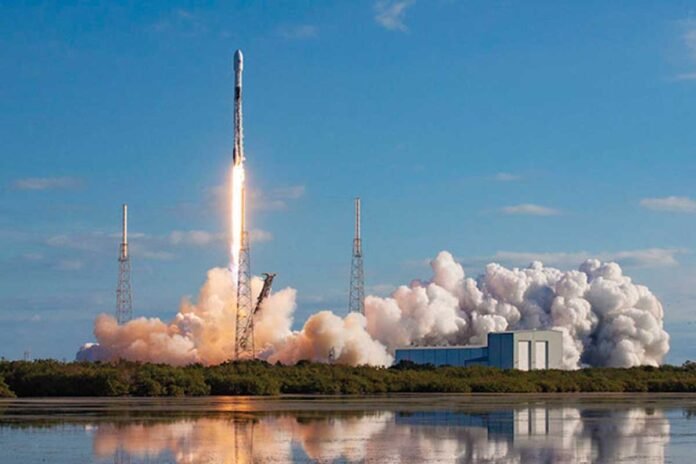With its July 19 Falcon 9 rocket launch from California’s Vandenberg Space Force Base, Elon Musk’s SpaceX garnered media attention. But the launch had a fascinating negative effect.
Spaceweather.com reports that the rocket temporarily disrupted the ionosphere, a critical layer of the Earth’s atmosphere made up of charged particles known as ions. This layer is crucial to the occurrence of atmospheric phenomena, such as the production of aurora during geomagnetic storms.
The launch was accompanied by a red glow, which was caused by the creation of an ionospheric “hole.”
Rockets burning their engines at heights of around 200 to 300 kilometers above the surface of the Earth is a well-studied phenomena, according to Boston University space scientist Jeff Baumgardner, who examined the launch footage.
With the Falcon 9 rocket, a similar issue has occurred before. Similar occurrences in prior launches had place in August 2017 and June 19, 2022.
The Falcon 9 rocket from SpaceX is well-known for its ability to be reused and for being effective in carrying goods and people into Earth’s orbit and beyond. It also has an amazing track record of successful launches and landings.





